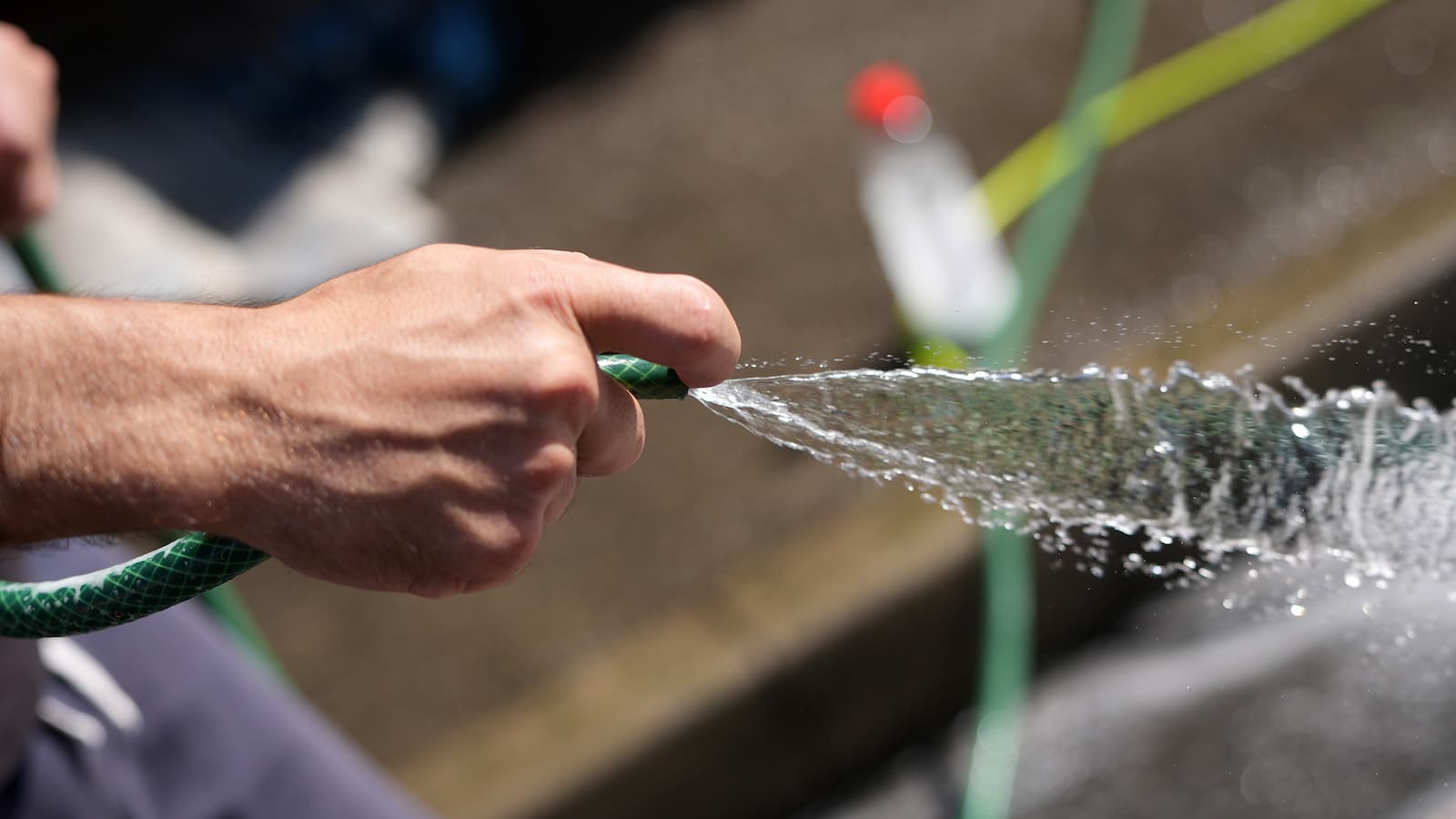Hosepipe bans are returning as water companies battle falling reservoir levels and record demand across southern England.
South East Water and Yorkshire Water have already introduced restrictions, with Thames Water warning it may be next unless weather patterns shift.
As pressure builds on supplies, millions more could soon be forced to start saving water or else face potential fines.
What hosepipe bans have been put in place?
More than 1.4 million customers across Kent and Sussex will face a hosepipe and sprinkler ban from 18 July, South East Water has confirmed.
The decision follows “record levels” of demand during weeks of warm, dry weather, with usage spiking at 680 million litres a day – far above the summer average.
“If we don’t put a hosepipe ban in place now, there’s a really high risk of customers experiencing widespread issues such as low pressure or no water,” a South East Water spokesperson said.
Yorkshire Water was the first company to act, announcing a ban in early July.
Bring your dream home to life with expert advice, how to guides and design inspiration. Sign up for our newsletter and get two free tickets to a Homebuilding & Renovating Show near you.
“We need to take action now to help conserve water and protect Yorkshire’s environment,” said Dave Kaye, director of water at Yorkshire Water. “With more dry weather forecast in the coming weeks, our stocks will likely continue to fall, so we need to act now to maintain clean water supplies and long‑term river health.”
Violating the bans could result in fines of up to £1,000 under Section 76 of the Water Industry Act 1991 where water companies can impose Temporary Use Bans (TUBs) and fine households accordingly.
More restrictions likely as Thames Water issues warning
Thames Water, which supplies 15 million customers across London and the Thames Valley, has warned it may impose a hosepipe ban unless the water shortage “changes significantly.”
The company says the combination of prolonged dry weather and surging customer demand has placed an “unprecedented strain” on its network.
“There is a heightened concern and risk of drought,” the company said. “Unless the situation changes significantly, we’ll need to put in place usage restrictions, including a hosepipe ban.”
The Environment Agency has also now declared a state of Prolonged Dry Weather across large areas of Oxfordshire, Berkshire, and Surrey, after rainfall in the Thames region fell to just 50% of the seasonal average over the last three months. Demand on 30 June peaked at levels not seen since the 2022 drought.
Is a hosepipe ban coming to your area?
Whether your area will face a ban next depends on three key factors: local reservoir levels, customer demand, and short-term rainfall.
With climate extremes becoming more common, water firms are warning that restrictions could become a regular summer feature.
South East Water has already said it is “closely monitoring” conditions in its Western region, including Surrey, Hampshire, and Berkshire, where further action may be needed.
Thames Water and others are appealing to households to take water-saving measures immediately, from shorter showers to ditching lawn watering altogether, which can also help with water bills.
Hydrology expert Prof Jess Neumann from the University of Reading said the trend is worrying but not surprising: “It’s not surprising to see a hosepipe ban given the recent spell of warm weather. Bans can be effective in raising awareness – but long-term solutions must include fixing leaks and investing in more resilient infrastructure.”
So if you’re wondering whether a hosepipe ban is coming your way – chances are, if it hasn’t already, it might be soon.
View the original article and our Inspiration here


Leave a Reply